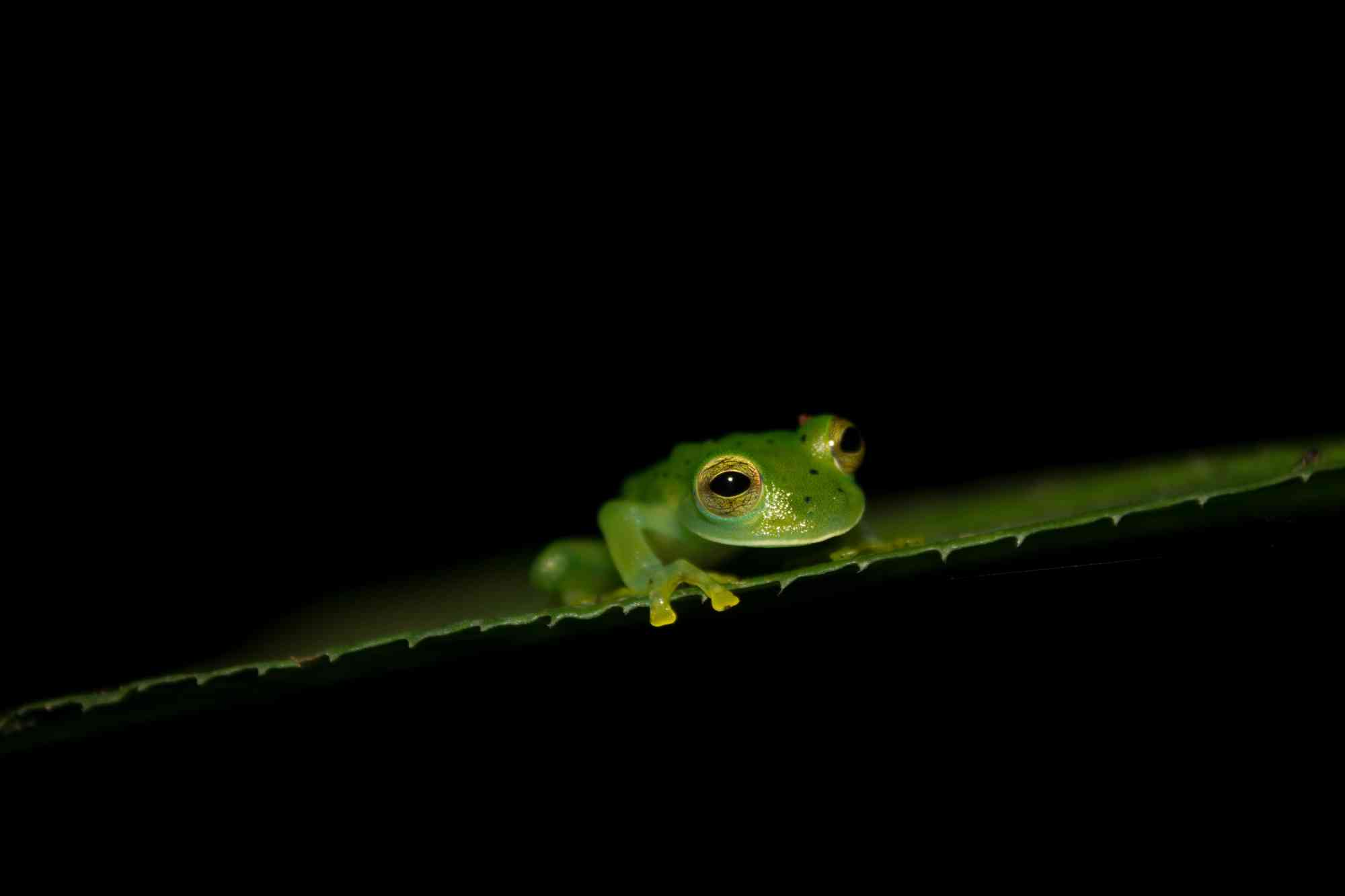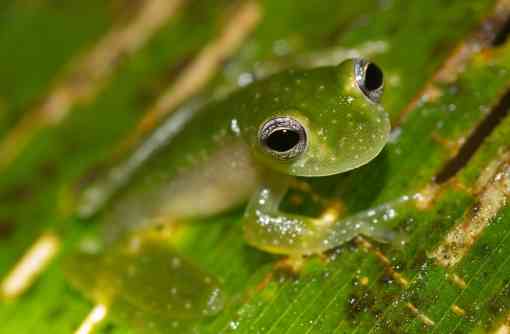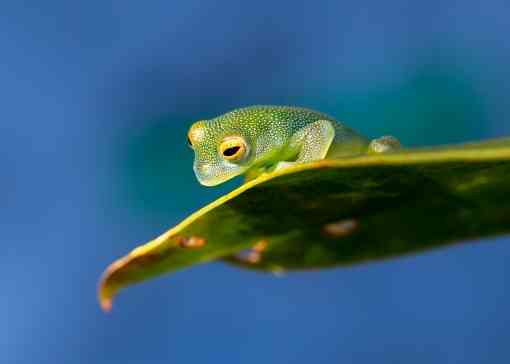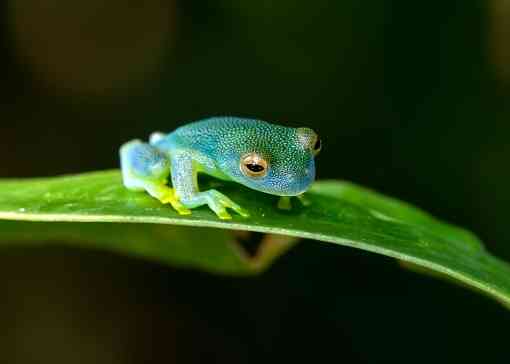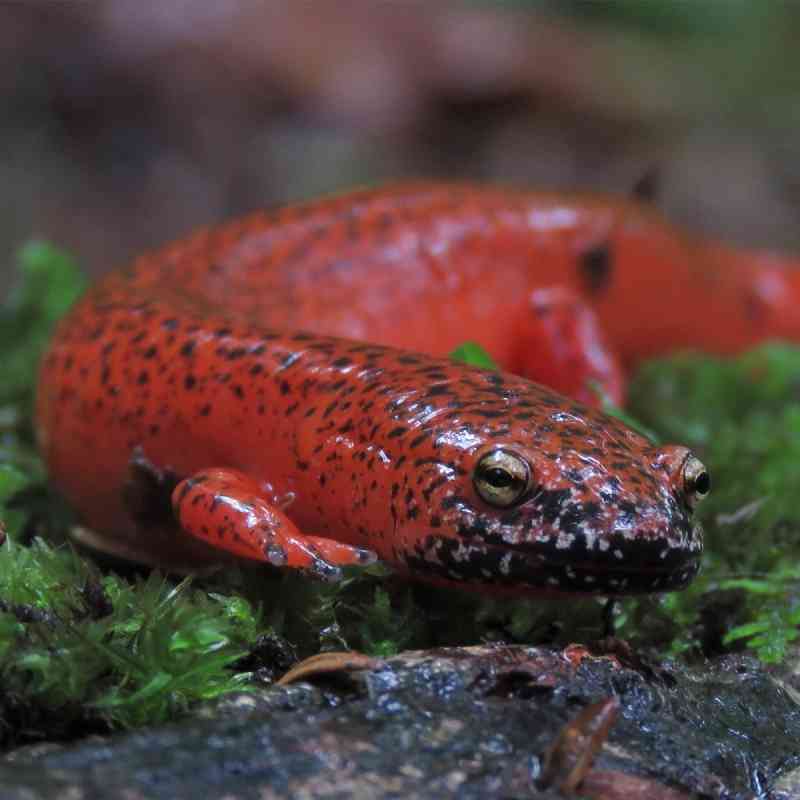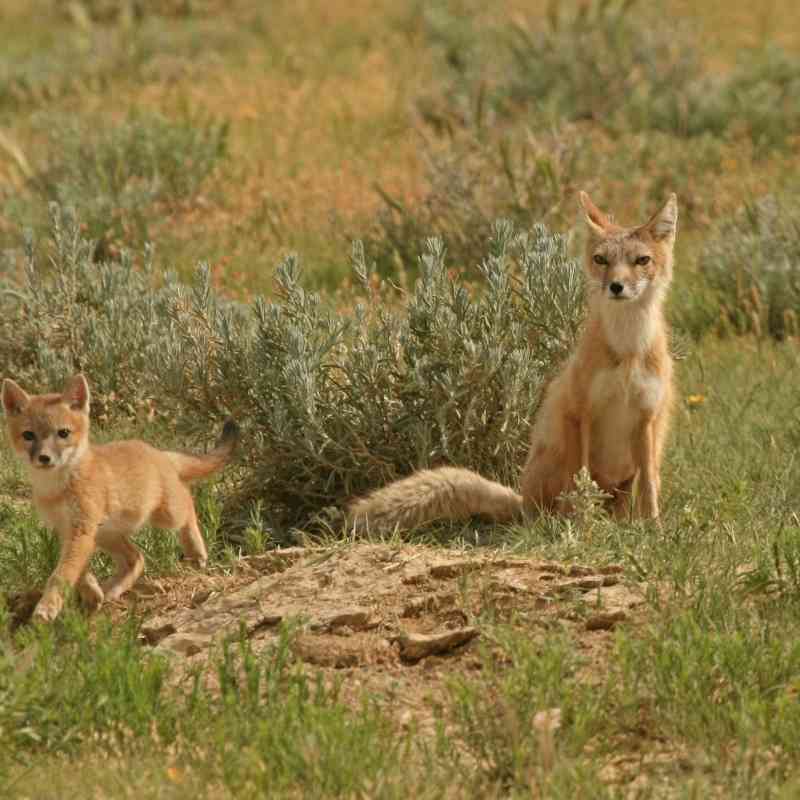It takes a sharp eye to spot one of 158 species of glass frogs—they are the size of a fingernail, active only at night and are an arboreal species, meaning they live in the trees.
With their large bulging eyes, these adorable amphibians (for frog-lovers at the very least) have been compared to Kermit the Frog. But it’s not all fun and games for these Sesame Street doppelgangers.
Endemic to Latin America, glass frogs are threatened by widespread habitat loss, climate change, chytrid fungus and significant pressure from the international pet trade. More than half of glass frog species are now threatened with extinction and a grim 71 percent of the species that have been evaluated are declining in the wild.
This year, 184 Parties to the Convention on the International Trade of Endangered Species of Wild Fauna and Flora, or CITES, will have the opportunity to adopt regulations around the trade of a variety of species, including glass frogs. If passed, the proposal to list glass frogs on Appendix II would be a major first step toward halting the unsustainable trade of these frogs.
However, making progress on international treaties is rarely easy and the Latin American countries and their allies that support the proposal for glass frogs, including the United States, have reason to be concerned that it may not pass.
The European Union, a large importer of glass frogs for the pet trade and a powerful bloc of votes at CITES, is presenting the largest threat to the proposal by ignoring the idea that precautionary action should be taken and expressing skepticism that glass frogs technically meet the criteria for inclusion in Appendix II, despite their well-documented decline as well as evidence that they are being traded illegally at the international level. A listing on Appendix II is for species that could be threatened with extinction if their trade is not strictly regulated.
It would be a tragedy for these frogs and for the countries supporting the proposal—many of which glass frogs call home—if it fails to pass.
Costa Rica, in collaboration with many other countries, biologists and policy experts, has worked for years to bring it to the table, recognizing both the importance of glass frogs and of nature.
The European Union must not deny biodiverse countries the right to protect their unique flora and fauna and their own future in the name of unjustified technical objections. To do so would ignore the precautionary approach embedded in the CITES listing criteria as well as of the Treaty on the Function of the EU.
After all, biodiversity benefits all aspects of our life; it’s linked to the food we eat, the health of our economy and even our bodily well being. With this in mind, it’s not radical to say that every country should be doing more to halt the loss of biodiversity, within their borders and around the world.
As the countdown begins toward November when CITES 19th Conference of the Parties begins, we will continue to work with and support countries like Costa Rica who are calling on the world for help regulating international trade in threatened species. We will also continue to call on countries around the world to support the glass frogs proposal, as well as those related to freshwater stingrays, sharks and many others, that are being promoted by the biodiverse countries of the world for the sake of protecting one of the world's most important resources; biodiversity.
Author

Alejandra Goyenechea
comments
Wildlife & Wild Places

